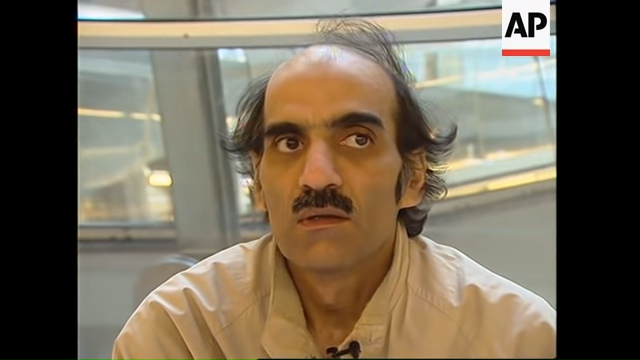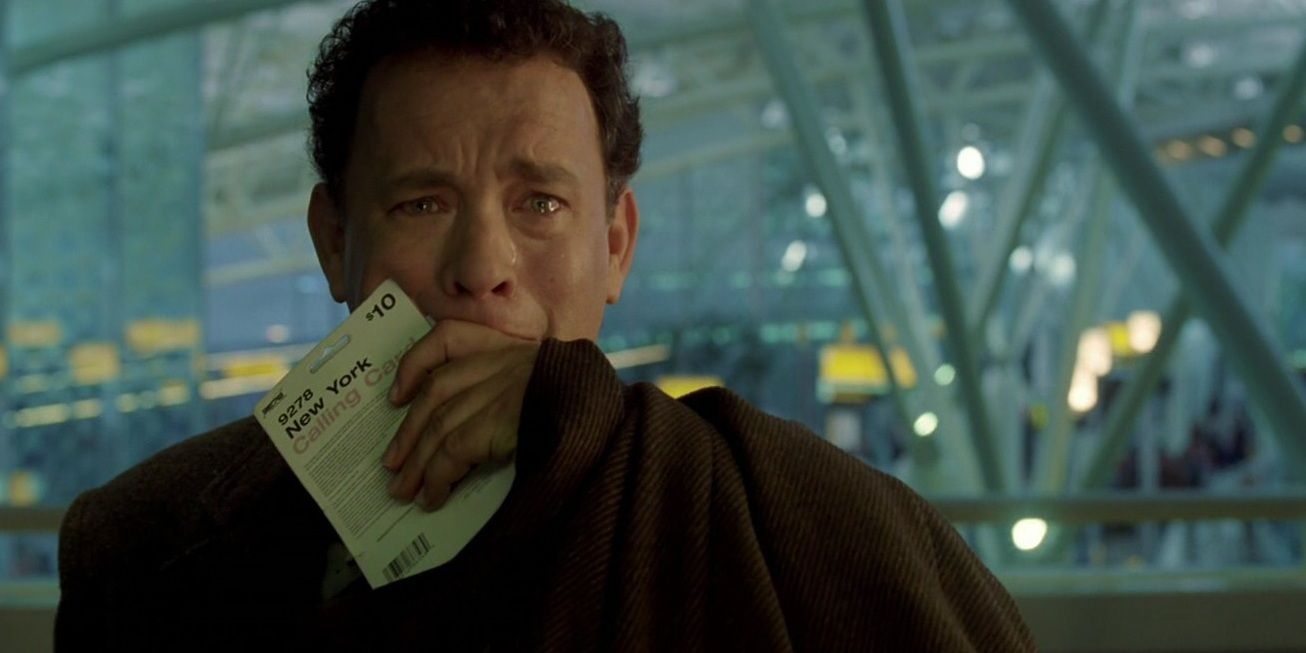Directed by Steven Spielberg and led by a brilliant cast with the charming charisma of Tom Hanks at the forefront, the comedy-drama film ‘The Terminal’ is a story of human struggle and human resilience under bizarre circumstances. The story depicts the woes of an Eastern European who gets stuck in an airport due to international bureaucracy. What unfolds is a tale of immense impact, fraught with bittersweet moments of human interaction. If, after watching the film, you were made to wonder whether the story is tethered to reality, let us be your ally.
Is The Terminal Based On A True Story?
‘The Terminal’ apparently and partially based on a true story. The film is directed by American maestro Steven Spielberg from a screenplay penned by Sacha Gervasi and Jeff Nathanson. One could argue that the screenplay, in part, may have been inspired by an autobiographical account called ‘The Terminal Man,’ written by Mehran Karimi Nasseri and Andrew Donkin, although no confirmation has been provided by those involved with the project on this subject.

The film tells the tragicomic story of Viktor Navorski, who hails from the fictional Eastern European country of Krakozhia as he reaches John. F. Kennedy International Airport in New York. However, upon reaching, he finds out that his identity papers and passport are no longer valid since the United States does not recognize the country to which he belongs. Moreover, he cannot get back to his home country in Krakozhia, which has been subjected to a military coup. Therefore, Victor finds himself in a state of statelessness, inhabiting the interstitial space of a terminal. The result is a compelling drama full of awkward conversations, comic jinks, and romantic flares.
The story seems to have been inspired, in part, by the true accounts of a person named Mehran Karimi Nasseri. Nasseri was an Iranian who found himself in the same state of statelessness, but Spielberg morphs the story to an extent to bring out the cinematic potential of the material. Mehran’s story began in 1973 when he went to the UK to enroll himself in a course in Yugoslav Studies at a reputed university. According to Nasseri, he was exiled from his home country in Iran for protesting against the tyrannical regime of Mohammad Reza Shah.
However, Nasseri’s allegations have been refuted, and it has been alleged that he was never exiled from Iran in the first place. He had a mother who was a nurse and Scottish by origin, and therefore, Nasseri chose to take refuge in the UK. What happened then was that he boarded a flight to England via Paris, but according to his account, his passport and immigration papers were stolen en route. He claimed that his briefcase was stolen en route on the flight, but what actually transpired is up for debate. Upon reaching London, he could not produce identity papers for the officials and was promptly sent back to the Charles de Gaulle Airport in Paris.
In Paris, it turned out that his entry to the country was not illegal per se. Now, without any valid identity and without a home to head back to, he had to make a home in the in-between space of the airport terminus. And thus began Nasseri’s fight with the international bureaucracy that lasted for eighteen years. A French court ruled that his stay in Paris was legal since his entrance to the country did not violate any immigration law. However, he was not granted permission to enter the country.

Belgium rose to the occasion to grant Nasseri citizenship, but that could only be made possible if he would present himself in person before the Belgian state authorities. In 1995, he was permitted to travel to Belgium, albeit with a clause. The clause was that he would have to stay under the supervision of a social worker appointed by the state. Nasseri declined this offer since he originally intended to travel to the United Kingdom due to his partial British origin. Nasseri even gave himself the moniker of Sir Alfred Mehran eventually.
After Belgium, France tried to endow him with valid citizenship, but in the immigration papers that they sent Nasseri to sign, he was apparently designated as an Iranian, which reportedly hurt his sentiments. Nasseri’s family was also reached out to by many, but the family was of the impression that Nasseri was living his dream life in Europe. In 2006, he was hospitalized due to his adverse living conditions, and that marked his 18 years stay in Terminal One. In 2008, Nasseri secured a place in a shelter in Paris, and he has lived there ever since.
In 2003, Steven Spielberg’s production company DreamWorks bought the rights to Nasseri’s story, but the final film deviated much from the original story. In fact, as per reports, even though Spielberg bought the rights, he never based ‘The Terminal’ on this story. Nonetheless, there are quite a few similarities between the two tales. It would appear as though Nasseri’s 18 years’ worth of struggle was compressed into a manageable nine months duration, and driven by the charisma of Tom Hanks, the story was given a compelling makeover to win the hearts of the audience.
Moreover, the destination was changed from Paris to New York, and much of the specifics of the story were changed. However, Nasseri, like Viktor, made friends with the employees in the airport and occasionally received food from them. Like the film version, the real-life character also spent his time reading. All things considered, ‘The Terminal’ does seem to imbibe some of the struggle of a man without identity, albeit seen through Spielberg-tinted glasses.
Read More: Where Was The Terminal Filmed?


You must be logged in to post a comment.